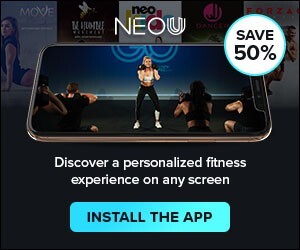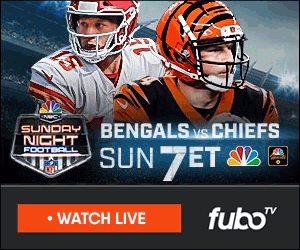
Display advertising remains an effective way to increase brand awareness and retarget prospects with a cost-per-impression model in most corners of the internet.
However, simply throwing creative into the world doesn’t guarantee a positive ROI. Creative is on the frontlines of your marketing, and first impressions matter. So, what could make someone not only notice, but deliberately click on your display ads?
Let’s review some best practices we’ve accumulated over the years.
First off, the three most important points. If you utilize display ads for your brand, you should absolutely apply these three.
1. Product or service value should be clearly stated. Don’t abstract it to look cute. Let prospects know exactly how it makes their lives simpler, easier, more enjoyable, etc. Keeping it friendly and aligned with your brand voice encourages action.
2. Where the ad will take a prospect should be abundantly clear to them. Call To Actions should be enticing, straightforward, concise, and actionable. Use CTAs like “Install now” or “Claim free trial” or “Browse online styles” to clearly communicate what the ask is and where they will end up when interacting with the unit. No surprises.
3. Ensure imagery and copy are aligned and tell an appetizing story that is digestible in less than 3 seconds. This seems obvious but should be stated. Are you pitching an app to prospects? Show them the simple and beautiful interface or show lifestyle imagery depicting how your app fits into their life and makes it better. Don’t simply show your logo and an App Store badge – that’s no fun. And don’t forget seasonality! Ensure lifestyle imagery is relevant to the current climate of your prospects. Whatever imagery you use, ensure it is high-resolution.
Now, read those three again, remember them, and let’s move on!



4. Keep your brand logo prominent, but it shouldn’t take center stage. Let the copy and imagery communicating the value prop(s) be noticed first, and then allow your trusted brand to back it up. If you have more than one logo in your unit (for example, selling a name brand product within your store), consider placing your primary logo in a brand bar with the CTA separate from the other logo(s) so prospects know which product/service they’re signing up for or downloading.
5. Consider using your app icon for app campaigns in place of your logo, but only if the icon clearly states your brand and is recognizable. This helps reinforce that you are asking prospects to download or reengage with your app.
6. Ensure CTAs are in high contrast to the rest of the content. This is the action you want users to take, so highlight it! If someone sees your ad and isn’t immediately sure what you’re asking of them, they will keep scrolling.
7. Create a sense of urgency where possible. Not doom and gloom urgency, but let viewers know that your sale won’t last forever, your promo code expires at midnight, etc. Give them a reason to stop scrolling and take action.
8. Avoid white backgrounds where possible. It’s likely someone will see your ad on a white webpage, and it’s easier to ignore when it blends into its surroundings. Make it pop!
9. Include a high-contrast, 1-pixel border around the edge of your banner. We typically use black. This makes sure that wherever your ad is served, the clickable area is clearly delineated.
10. Last but certainly not least, follow brand guidelines to a tee. It’s confusing if your ad communicates one brand aesthetic, and then prospects are led to an app storefront or website featuring a different one. Consistency and seamlessness are key and let users know you are trustworthy and professional.
In Summary
For such a small amount of real estate, it can be hard to imagine there is such a science to developing display advertisements. In fact, the limited space is what makes it such a technical piece, particularly when eyes are on them for only a few seconds. You believe in your product, and you often have only 300×250 pixels (give or take) to convince a stranger that they should, too.
If you want to maximize the impact of your display ads, ensure you’re (at minimum) following the first three best practices; clearly state your value prop, have a clear and concise call to action and tell a cohesive story with your copy and imagery.
The right creative can help deliver success. In a recent campaign for a streaming service client (with an accompanying app), we saw clickthrough rates of more than double our benchmark when applying these best practices to existing creative.


